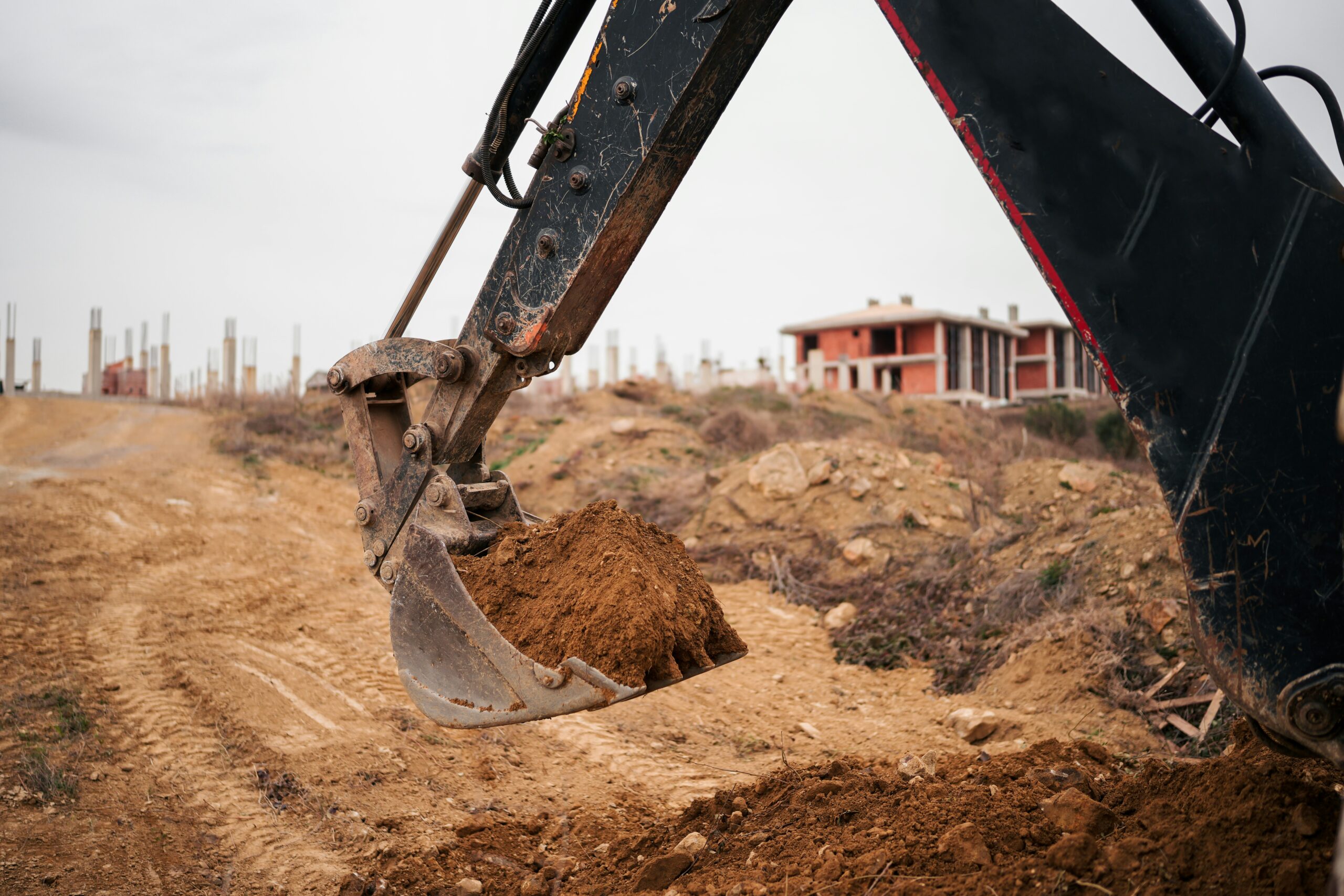
More Than Moving Soil
When most people think about construction, their minds jump to towering cranes, steel beams, and concrete mixers. Yet, before a single brick is laid, the ground must be prepared—and that’s where dirt work comes in. Far from being just about pushing soil around, dirt work is the foundation of every modern building project. It’s the process that ensures a skyscraper won’t sink, a highway won’t buckle, and a home won’t flood in heavy rain.
The Hidden Foundation of Every Project
Dirt work is the unsung hero of construction. Contractors know that if the site preparation is wrong, the entire project suffers. Grading land for drainage, compacting soil for stability, and cutting into slopes for roadbeds all require technical skill and precision. Take, for example, a residential subdivision: before the first concrete truck shows up, dirt crews have already spent weeks shaping the land so water flows away from homes, not into basements.
Technology Meets the Earth
Modern dirt work isn’t the guesswork of old. Today, GPS-guided bulldozers and laser-leveling equipment bring science into the process. Operators can move soil with centimeter accuracy, following digital site plans uploaded directly into their machines. This reduces waste, speeds up the process, and ensures consistency. A job that once took days of manual staking and re-checking can now be completed in hours with far greater accuracy.
Safety Starts Below the Surface
Strong foundations are about more than preventing cracks. They’re also about safety. In road construction, for instance, dirt work crews must compact layers of soil to specific densities to prevent potholes and collapses. On hillside builds, retaining walls and carefully engineered grading prevent landslides. Ignoring dirt work risks more than just costly repairs—it can endanger lives.
Real-World Examples in Action
Think about the last airport runway you traveled on. Beneath that smooth stretch of asphalt lies thousands of cubic yards of carefully placed and compacted soil. Or consider a farmer’s irrigation system—without proper land grading, water either pools uselessly or runs off too quickly. Even sports fields rely on dirt work. A well-prepared base ensures drainage, preventing games from being canceled due to standing water after a storm.
The Human Skill Behind the Machines
While technology has transformed dirt work, it hasn’t replaced the need for skilled operators. Running heavy equipment requires a steady hand and sharp eyes. A grader operator, for example, must sense when the blade is hitting the right depth, even with screens and sensors to guide them. It’s part science, part craft. Many crews learn by apprenticeship, picking up knowledge that can’t be taught in manuals—like how different soils behave after rain or how to spot hidden obstacles underground.
Sustainability From the Ground Up
Dirt work today also carries an environmental responsibility. Contractors are increasingly asked to manage erosion, protect wetlands, and reuse excavated materials on site. For instance, soil removed from one part of a project might be repurposed to create berms or landscaping elsewhere. This not only cuts down on hauling costs but also reduces a project’s environmental footprint. By combining smart planning with sustainable practices, dirt work becomes a driver of greener construction.
Why It Deserves More Recognition
Despite its critical role, dirt work rarely gets the spotlight. Yet, every safe bridge, every smooth highway, every sturdy home depends on it. Without dirt work crews and their careful preparation, modern construction would crumble—sometimes literally. Recognizing the artistry in dirt work is about giving credit where it’s due: to the men and women who transform raw earth into reliable foundations for the structures we depend on every day.